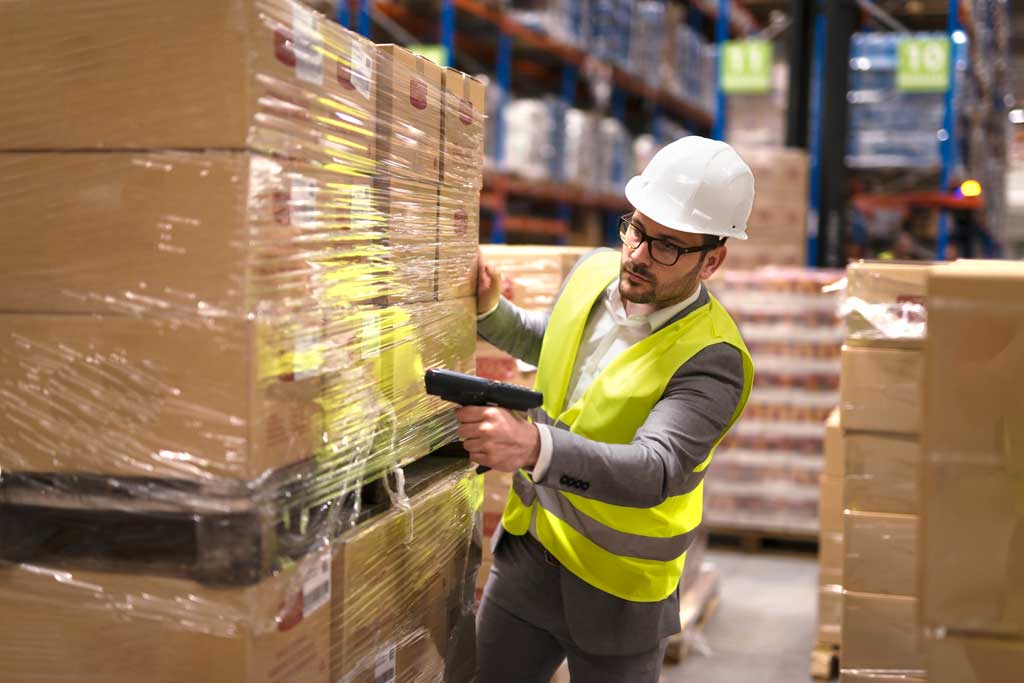Efficiency and safety. These are the two pillars of every successful warehouse operation. In a fast-paced logistics environment, even small process improvements can result in major productivity gains. That’s not to mention how it can significantly reduce workplace risks in the process.
Are you managing a large distribution center? A small storage facility? Either way, investing in smarter systems and thoughtful design is the pathway to running a safe, streamlined operation.
Optimize Warehouse Layout and Traffic Flow
There’s one foundation you need for warehouse productivity: a well-planned layout. Here are some key steps to take in that regard:
- Organize storage areas to reduce unnecessary movement and make frequently used materials easily accessible.
- Reduce confusion and prevent accidents with clear signage, marked walkways, and properly designated loading zones.
- One-way traffic lanes and pedestrian-safe routes for high-traffic areas.
These design improvements reduce the risk of collisions. Importantly, they also speed up material handling and order fulfillment.
Integrate Smart Automation and Equipment
Automation continues to transform warehouse operations. From robotic pallet movers to barcode scanning systems, automated tools eliminate repetitive manual tasks while improving accuracy levels. For instance, smart shelving and inventory management software can track stock in real time, which naturally reduces downtime spent searching for misplaced items.
Just keep in mind that automation doesn’t mean a full-scale robotics overhaul. That would be quite an investment! However, small upgrades like conveyor systems and motion-activated lighting can increase efficiency while reducing physical strain on employees.
Prioritize Access and Entry Safety
Warehouses tend to manage multiple access points, including loading bays and heavy-duty doors. That’s why it is essential that these are reliable and easy to operate. To automate large entryways while improving both security and workflow, installing commercial door openers can make a big difference.
These door operator systems allow for controlled entry and exit. This reduces the need for manual handling of heavy doors. They also assist in preserving temperature control and energy efficiency – a bonus for climate-sensitive goods.
Pairing door operators with access control devices – think keypad entry systems and motion sensors – further enhances on-site safety and ensures only authorized personnel can enter restricted zones.
Foster a Culture of Training and Awareness
Even if you have the most advanced systems in place, people remain your most valuable asset.
You want employees to act confidently and responsibly within your warehouse. That’s where regular training on aspects like equipment handling and emergency response can make a big difference. You should also encourage team leaders to perform routine safety checks and promote open communication about potential hazards.
A culture of safety awareness prevents accidents. That’s obvious. Less obvious, however, is how it enhances morale and boosts overall efficiency levels. After all, the right approach to culture sees workers feel secure and supported in their environment.
Conclusion
Productivity or safety: which is most important? Fortunately, you don’t have to answer that by choosing one over the other. You can get the balance right by designing systems that support both aspects.
When you combine automation, organization, and employee engagement, you can produce a safer, more efficient warehouse for your business operations.







